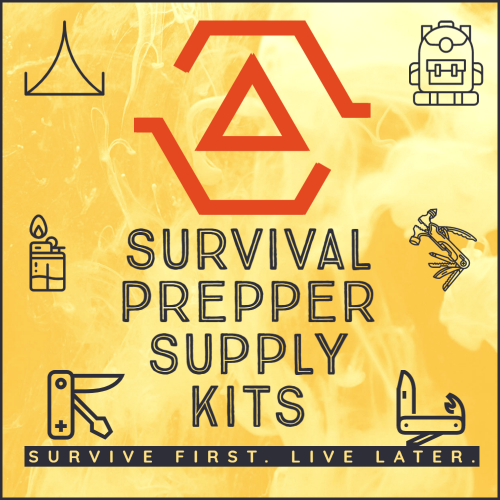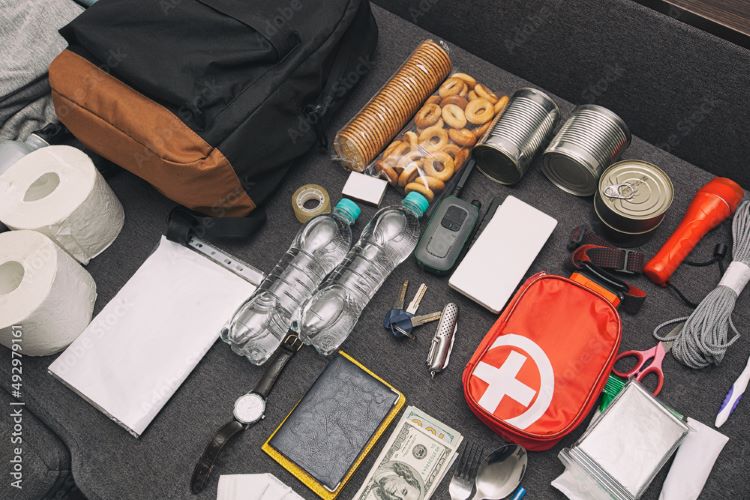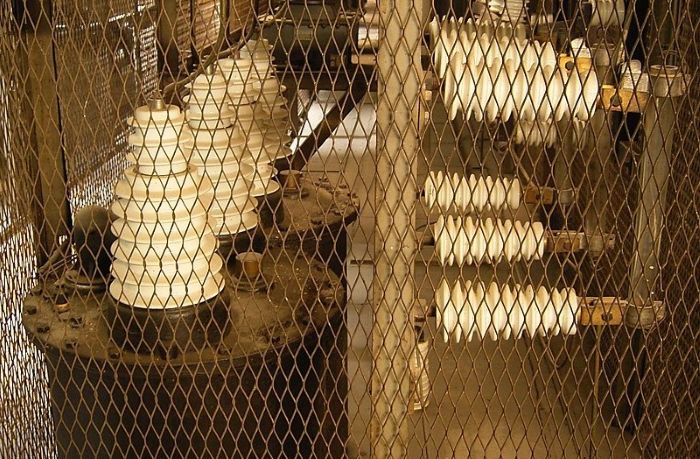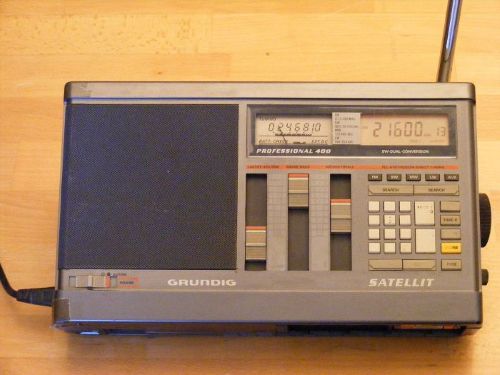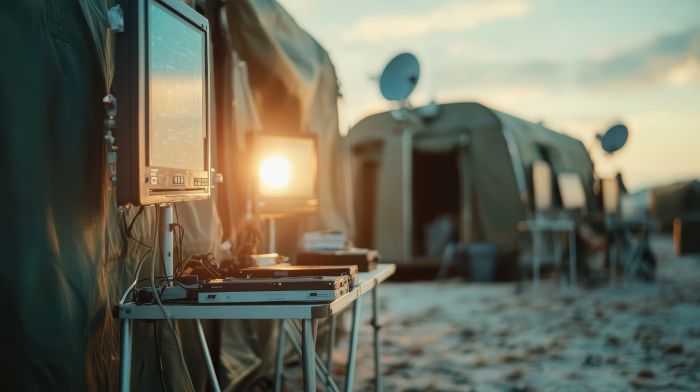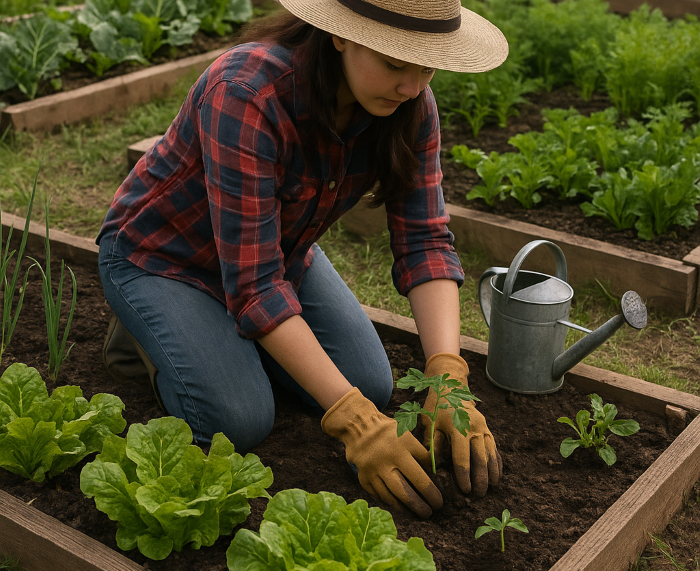Preparing for potential emergencies and disasters is an important step in ensuring your safety and well-being. A DIY
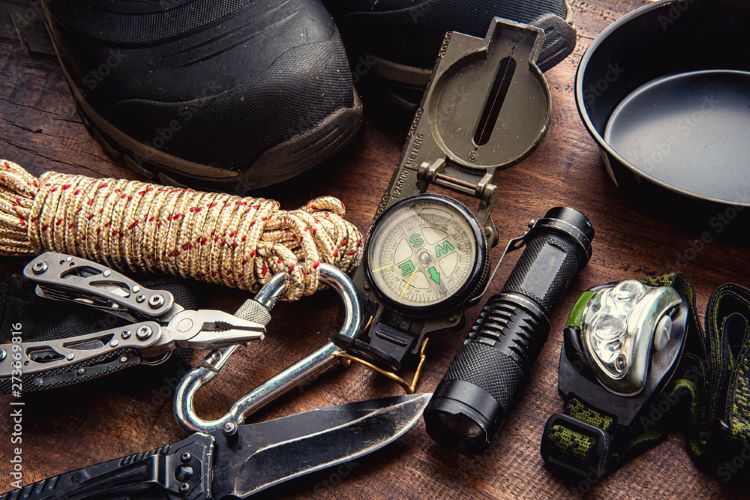
Step 1: Build Your Kit
Please note that this post contains affiliate links, meaning I will get a small commission for qualifying purchases at no extra cost to the buyer.
This 72 Hour Emergency Survival Kit is a ready-to-go
The image below for the All-In-One 4 Person kit for survival prepping tips is an example of what you need in your kit.
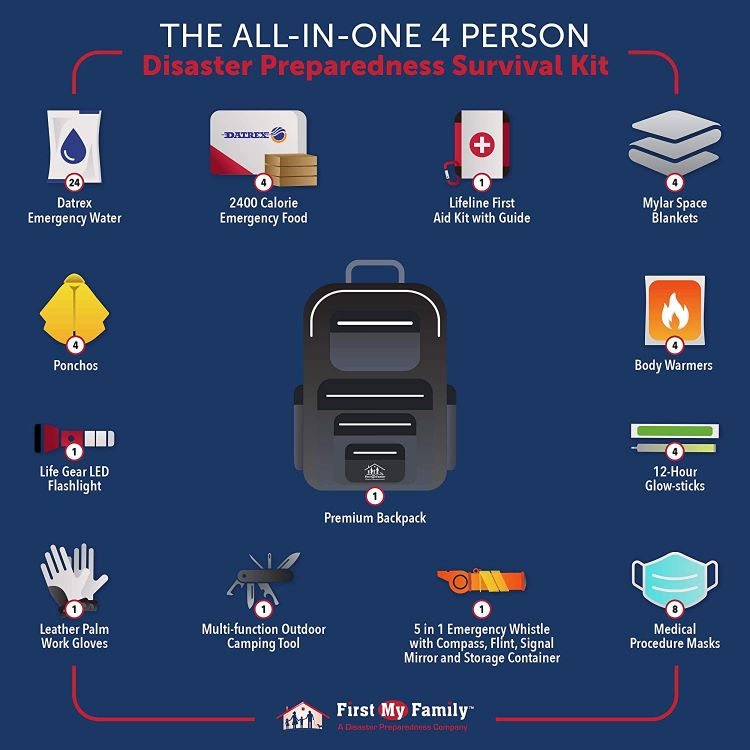
ALL YOU NEED FOR FOUR: Includes food and water rations for four, an 85-piece first-aid kit, and plenty of materials to help provide shelter and warmth.
For example, if you live in an area prone to hurricanes (like I do), you’ll want to make sure your kit includes items that can withstand high winds and flooding. Alternatively, if you live in an area that experiences frequent power outages (again, like I do), you’ll want to make sure your kit includes items that can keep you warm and provide light during an outage.
Step 2: Create a Checklist
Once you’ve determined your needs, create a checklist of the items you’ll need to include in your kit. Your checklist should include essential items such as food, water, shelter, and medical supplies. It’s important to be thorough when creating your checklist, as you don’t want to overlook any essential items.
I love clothes, so I have to admit, that’s one of the first things I plan for. I hate to be too hot or too cold, so I will have a variety of clothes that match our current outdoor temperature, which unless it’s mid-summer, the weather can vary here in North Central Florida.
A couple of books to help you plan for your prepping are 52 Prepper Projects: A Project a Week to Help You Prepare for the Unpredictable and Prepper’s Long-Term Survival Guide.
These pocket Tiny DYI Survival Guide Bundles are so cool. I got 2 sets – one for me and one for my husband when we are on the go.
The Bundle includes: a Pocket 45: Tiny Survival Kit (with 45 vital, hard to improvise survival tools), plus a Tiny Survival Guide, and Survival Tin Kit (tin, closure band, waterproof, write-on, “Survival Kit” sticker) – Assemble this bundle and pack it into any pocket to carry it with you EVERYWHERE – ALL the TIME!

Step 3: Stockpile Food and Water
One of the most important components of any survival prepper supply kit is food and water. You should aim to stockpile at least three days’ worth of food and water for each person in your household. Non-perishable foods such as canned goods, dried fruits and nuts, and protein bars are all good options. It’s important to rotate your food supply regularly to ensure that it stays fresh.
Consider the Survivor Filter Pro X Electric Water Purifier Survival Filter. Cleans to 99.999%. It is a virus, bacteria, and parasite removal filtration system.
It’s been said that, “The best survival kit is the one you have on you when you need it.”
When it comes to water, you should aim to stockpile at least one gallon of water per person per day. You can store water in large containers or purchase pre-packaged water bottles. You should also consider investing in a water filtration system or purification tablets in case your water supply becomes contaminated.
There are purification powder packs are for emergency water filtration at P&G Purifier of Water Portable Water Purifier Packets.
Clean, drinkable water that tastes good. A unique formula works by a combination of flocculation and disinfection. It eliminates waterborne bacteria and other pollutants and is eco friendly. Water purification in just 30 minutes. See image below or click the link.
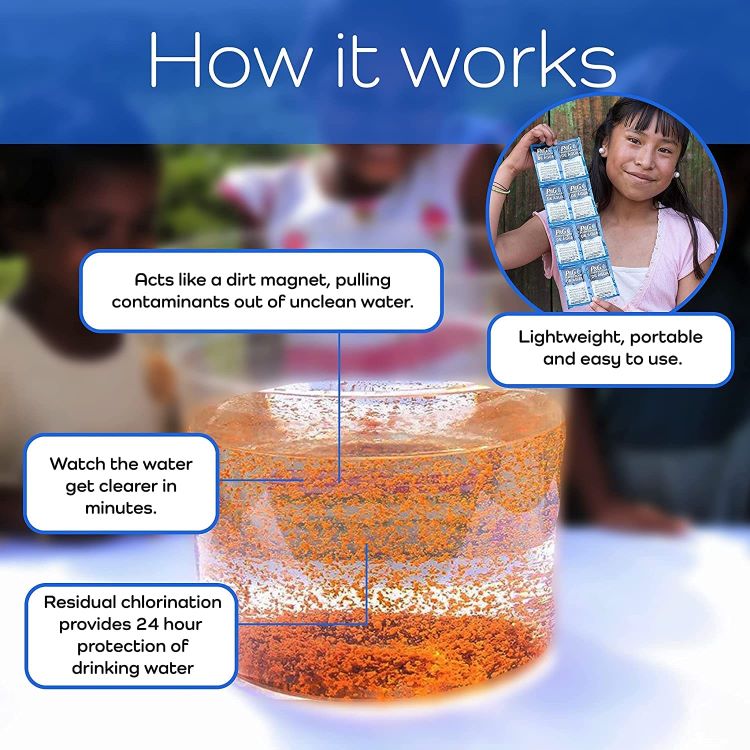
And, I’m sure you have seen the Personal Water Filter Straw.
Always be prepared in emergency supplies will help you reduce fear, anxiety, and losses during water shortage and other emergency circumstances.
We have an above-ground pool. It has a two-fold usage as a swimming pool in the summer and as a container for water during hurricane electrical outages to use to flush toilets, etc. When I had a horse, we could use it for my horse to drink, if absolutely necessary. It’s a salt-water pool, so the lack of pool chlorine makes it more palatable.
Step 4: Prepare for Shelter
In the event of a disaster or emergency, you may need to shelter in place or evacuate your home. It’s important to be prepared for both scenarios. You should include items such as a tent, sleeping bags, and blankets in your kit in case you need to shelter in place.
A good example to use/get is the Gear Life Tent Emergency Survival Shelter. It is a 2 Person emergency tent to use as survival tent, emergency shelter, tube tent (click on the link to see), and/or a survival tarp. The tent kit includes a survival whistle and paracord.
If you need to evacuate, you’ll want to include items such as a lightweight and durable backpack, a change of clothes, and sturdy shoes.
Step 5: Stockpile Medical Supplies
Medical supplies are another crucial component of any survival prepper supply kit. You should aim to stockpile a variety of medical supplies, including bandages, gauze, antiseptic wipes, and over-the-counter medications such as pain relievers and allergy medication. If you or a member of your household requires prescription medication, make sure to include a sufficient supply in your kit.
Of course, there is a ready-made kit here First Aid Kit Hard Red Case 326 Pieces Exceeds OSHA and ANSI Guidelines . Usage for up to 100 people.
Step 6: Include Tools and Equipment
In addition to food, water, shelter, and medical supplies, you’ll also want to include a variety of tools and equipment in your
Here is a 19-in-1 Emergency Survival Gear and Equipment Kit: This all-in-one survival kit contains everything any survivalist or outdoor enthusiast needs. 19-in-1 includes a 5-in-1 parachute cord bracelet, built-in compass, whistle, compass, and a thermal blanket to prevent hypothermia. It can help you quickly solve the needs of multiple scenarios.
Step 7: Store Your Kit Safely
Once you’ve assembled your kit, it’s important to store it in a safe and easily accessible location. You’ll want to choose a location that is dry, cool, and out of direct sunlight. Make sure to inform all members of your household where the kit is located and how to access it.
It’s important to regularly check your kit and replace any expired or damaged items. Consider setting a reminder on your calendar to check your kit every six months to ensure it remains up-to-date.
Responder Surviveware 72 Hour Survival Backpack for 2 People
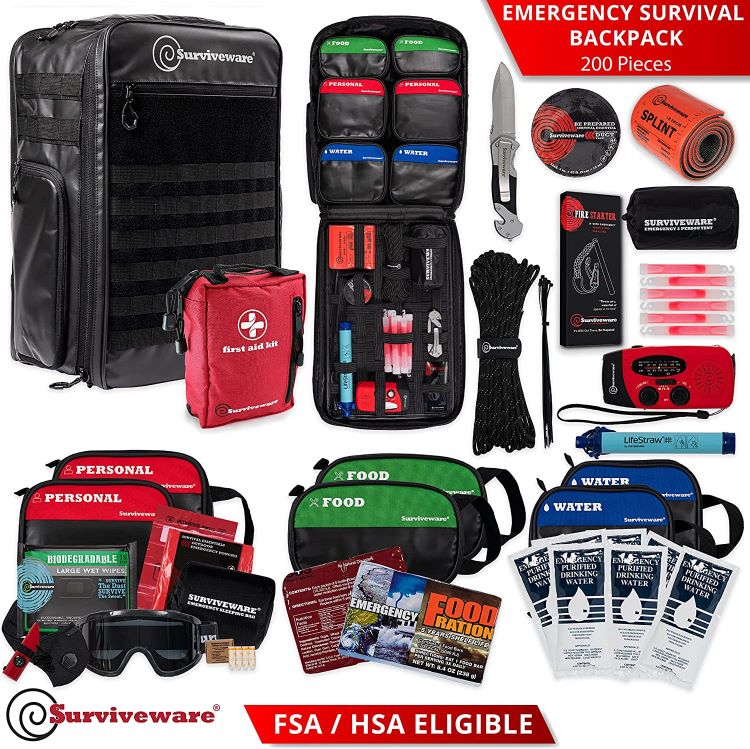
Why do survival backpacks out there keep all their supplies in a jumbled mess of disorganization? The Responder Survival Backpack different from any other survival system out there. This emergency bag was designed for optimal organization with personalized pouches and grid system. Food, Water, and Personal Items are evenly divided and stored in dedicated pouches for each person. This means quick access to any disaster preparedness supplies in the Responder.
Another important consideration when storing your kit is to ensure that it is secure from potential theft. You may want to consider investing in a lockable storage container or storing your kit in a safe room or closet with a lock.
It’s also a good idea to have a smaller, portable kit like the Survival First Aid Kit IFAK EMT Molle Pouch Survival Kit seen below that you can grab quickly in case you need to evacuate your home. This kit should contain essential items such as food, water, and medical supplies, as well as important documents such as identification and insurance papers.
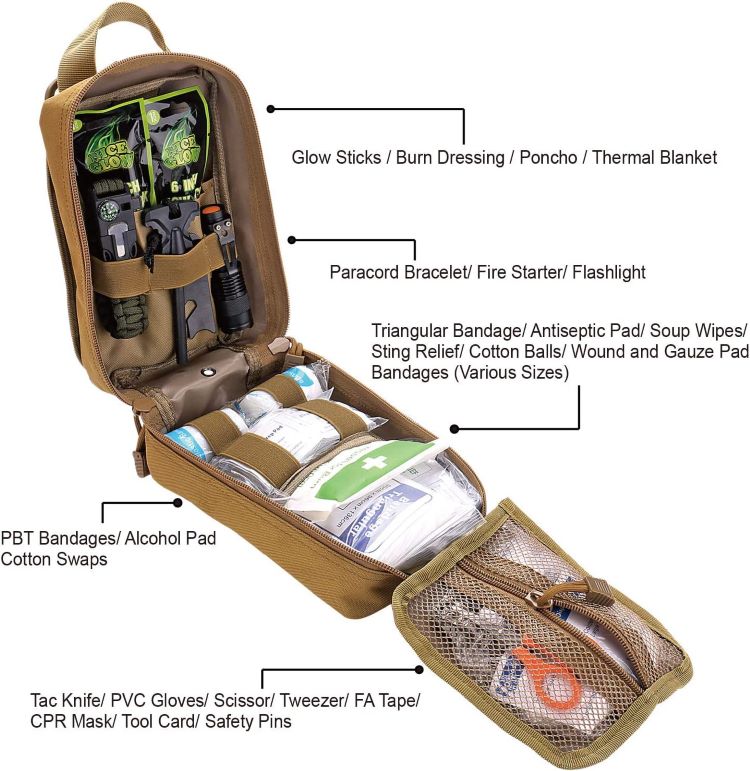
In addition to storing your kit at home, you may also want to consider keeping a smaller kit in your car. This kit should include items such as a first aid kit, water, non-perishable food, and warm blankets in case you become stranded or unable to return home.
Conclusion
Building a DIY survival prepper supply kit is an important step in preparing for potential emergencies and disasters. By determining your needs, creating a comprehensive checklist, and stockpiling essential items such as food, water, shelter, medical supplies, and tools and equipment, you can ensure that you and your family are prepared to survive in the event of an emergency. Remember to store your kit in a safe and easily accessible location, regularly check and update it, and consider keeping smaller kits in your car and at your workplace. By taking these steps, you can have peace of mind knowing that you’re ready to face whatever challenges may come your way.
